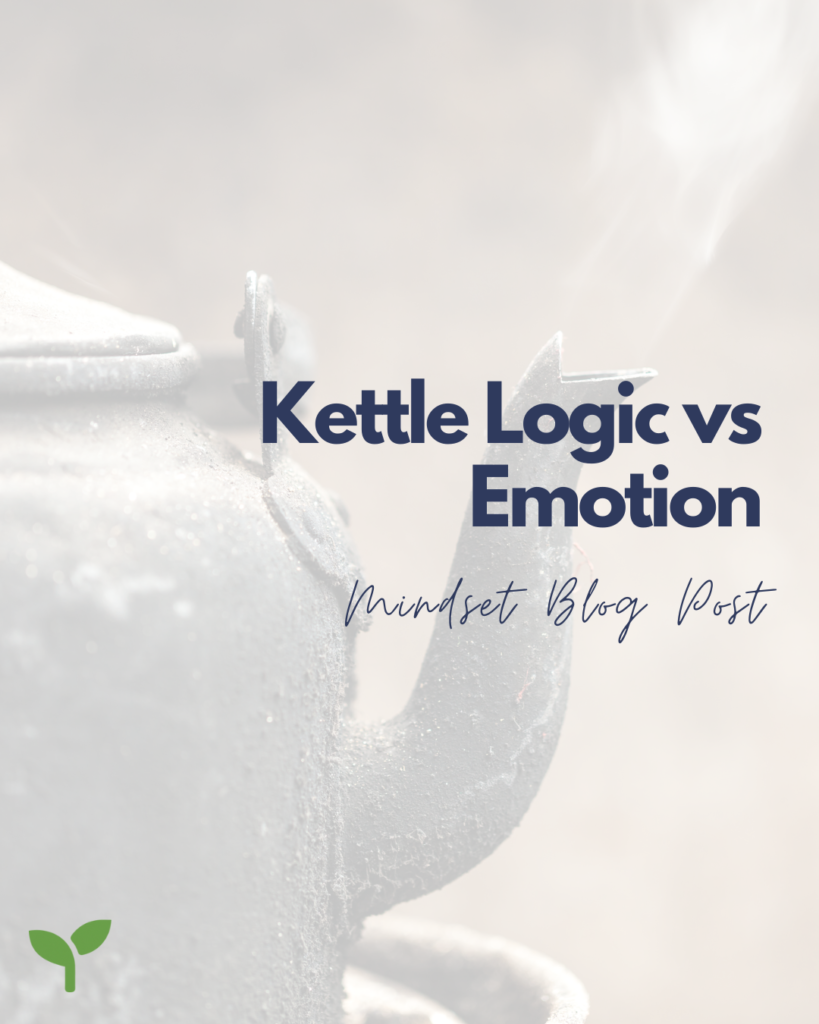
10 common cashflow mistakes
15th March 2023
Mindset: The Emotional Cycle of Change
18th May 2023This is a useful mindset for when dealing with conflict, or performance issues. This can easily be used with both team members and clients alike.
The Kettle Logic element refers to a concept by Freud where someone borrowed a kettle and it was returned damaged. There were 3 responses given by the person returning the kettle:
- It wasn’t broken when I returned it – someone else must have done it.
- It was already broken when I borrowed it.
- I didn’t even borrow your kettle.
The three statements on their own make sense, but put together, they contradict each other.
This is, in fact, a mask for the emotion they are feeling about returning the broken kettle. Kettle logic shows how the emotional part of our brain works (which is 95% of our brain…so not a part to ignore!)

In a business setting, assume a team member is approached by a team leader to discuss them missing their KPI targets. They might respond with “I didn’t even know what my KPIs are; I didn’t agree to those KPIs; I used to be able to achieve those KPIs but due to XX I now can’t”. The kettle logic is the mask for how they are feeling. Is there a personality clash? Are they feeling overwhelmed? Seek to understand what is causing them the upset.
If we respond with more kettle logic, we won’t get anywhere in resolving the issue. If we seek out the emotions that are causing the person to resort to kettle logic, we will understand better the problems they are facing and solve the problem quicker and more efficiently.
The concept of Kettle Logic vs Emotion was originally conceived by Jacques Derrida, referencing Sigmund Freud, in Resistances of Psychoanalysis.
If you liked this mindset post, please check out our others here.



